Modern agriculture mostly depends on efficiency and yield optimisation. Among the diverse arsenal of machinery utilised to achieve these goals, a particular type of equipment stands out for its impact on soil preparation and plant growth. This machinery is known as a land roller, and it plays an important role in enhancing the quality and consistency of crop production.
Rollers have been integrated into agricultural practices to address various challenges associated with uneven ground surfaces. By flattening and firming the soil, these machines create a more uniform seedbed, which is crucial for optimal seed germination and root development. The process not only aids in the emergence of crops but also facilitates the use of other machinery across the field by reducing soil clod size and smoothing out the terrain.
Table of Contents
Mechanism of Land Rollers
At its core, the operation involves heavy cylindrical drums that are either filled with water or made from solid steel, applying uniform pressure across the soil surface. This action helps to break down large soil clumps and fill in small depressions, leading to a level field. The weight of the roller, coupled with its smooth or textured surface, ensures that the soil is adequately compacted yet not overly dense. This helps in promoting the free movement of air and water through the soil profile.
This method is particularly useful for plants and crops that are sensitive to planting depth, such as soybeans, where consistent seed placement is essential for uniform germination and growth. Moreover, the practice has been found to reduce moisture loss from the soil, thereby conserving water and supporting seedlings during critical early growth stages.
Ripple Effects on Crop Health and Efficiency
One notable benefit of using this equipment is the reduction in pest and weed problems. Flattened soil can limit the habitat for specific pests, such as rodents, which may otherwise burrow within the field and damage the crops. Additionally, a smooth surface allows for more efficient herbicide application, as the chemicals are more evenly distributed, ensuring better weed control. Furthermore, the improved soil structure and reduced plant residue on the surface contribute to minimising the risk of disease. Diseases that thrive in wet conditions can be mitigated as the equipment encourages faster soil warming and drying, creating less favourable conditions for their development.
Economic and Environmental Considerations
The adoption of such machinery can lead to significant economic benefits for farmers. Yields are often increased by enhancing crop uniformity and health, translating to higher profits. Additionally, machinery’s efficiency reduces labour and fuel costs, as other agricultural equipment can operate more effectively on level ground.
From an environmental perspective, the practice promotes sustainability by potentially reducing the need for chemical inputs such as fertilisers and pesticides. Healthier plants are better equipped to utilise nutrients efficiently and fend off pests and diseases, thereby lowering the dependence on synthetic aids.
Future of Farming: A Balanced Approach
As the agriculture industry continues to evolve, the importance of integrating mechanical innovations with ecological considerations becomes increasingly evident. The use of rollers exemplifies this balance, offering a mechanical solution that enhances crop production while supporting sustainable farming practices.
However, farmers must weigh the benefits against potential soil compaction issues, which may arise from improper use or overuse of such equipment. Tailoring the application to the specific needs of the soil and crop type and adopting complementary practices such as crop rotation and cover cropping can help mitigate these concerns.
Conclusion
The implementation of land rollers in agricultural operations represents a step forward in the quest for higher efficiency and sustainability in farming. By improving soil conditions, enhancing plant health, and reducing pest and disease incidence, this machinery contributes to a more productive and environmentally friendly agricultural landscape. As technology and farming practices continue to advance, the role of such equipment in achieving global food security while preserving natural resources will undoubtedly remain of paramount importance.












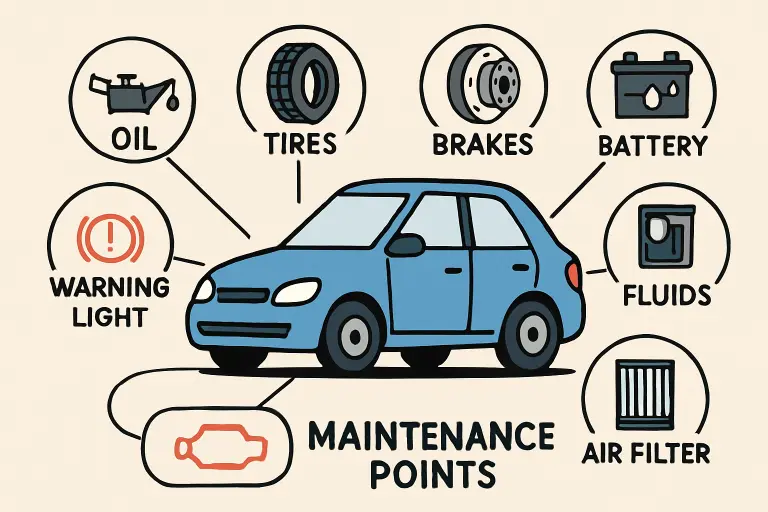













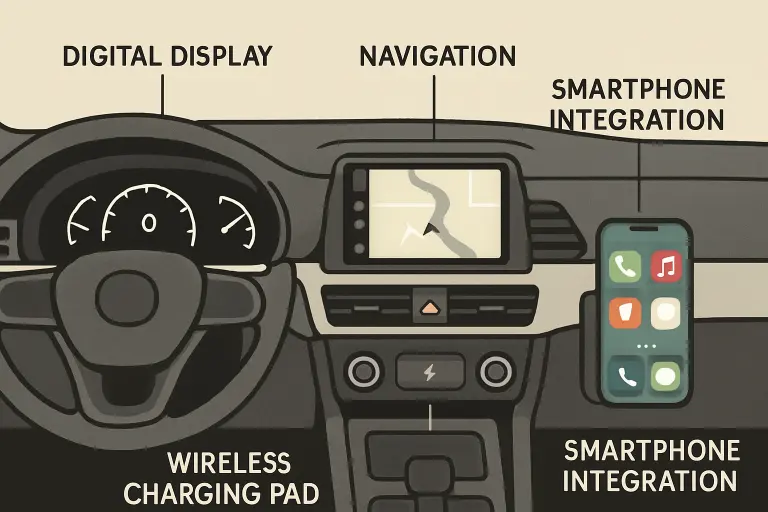


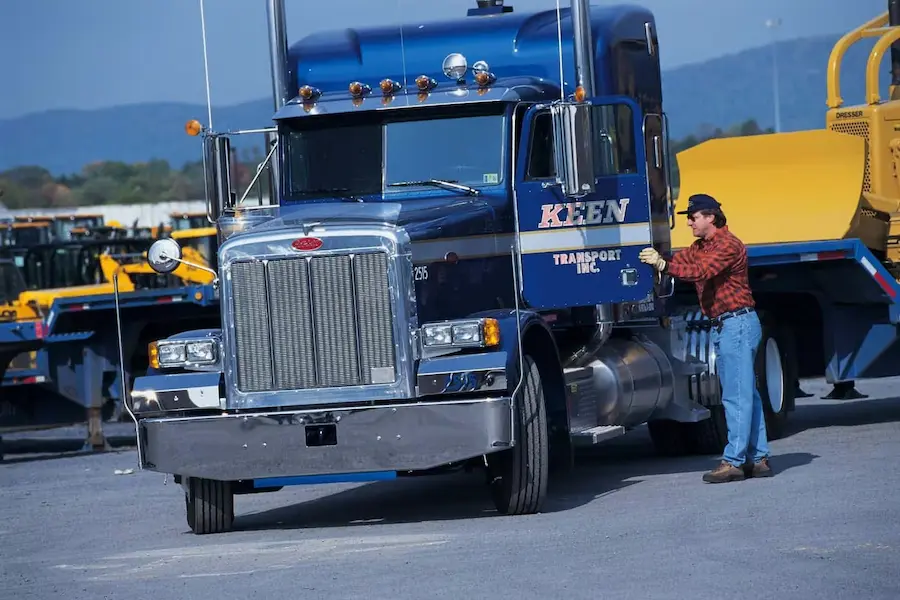




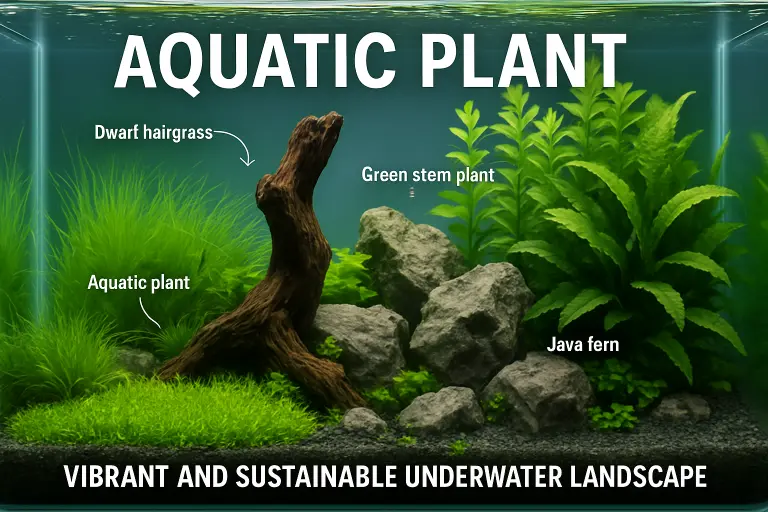


































































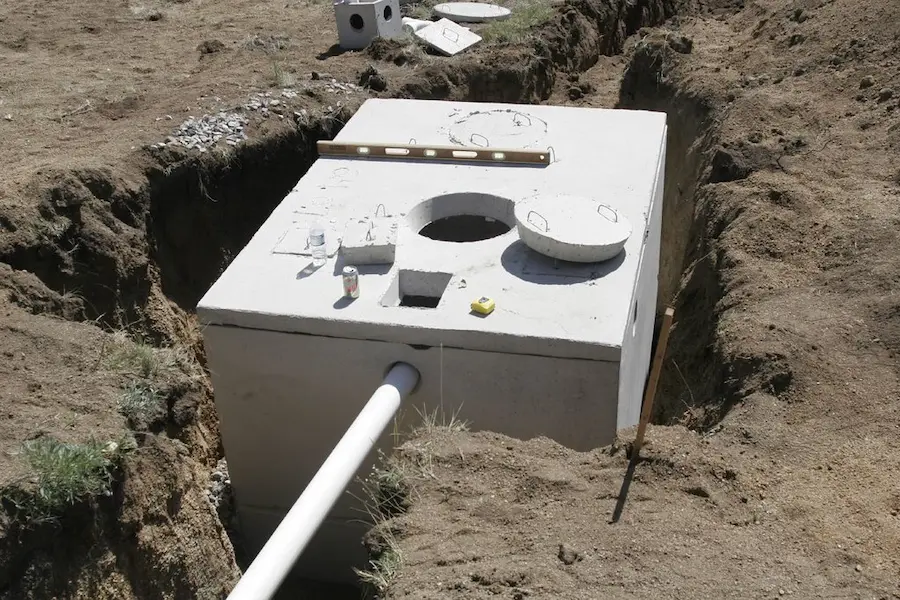

















































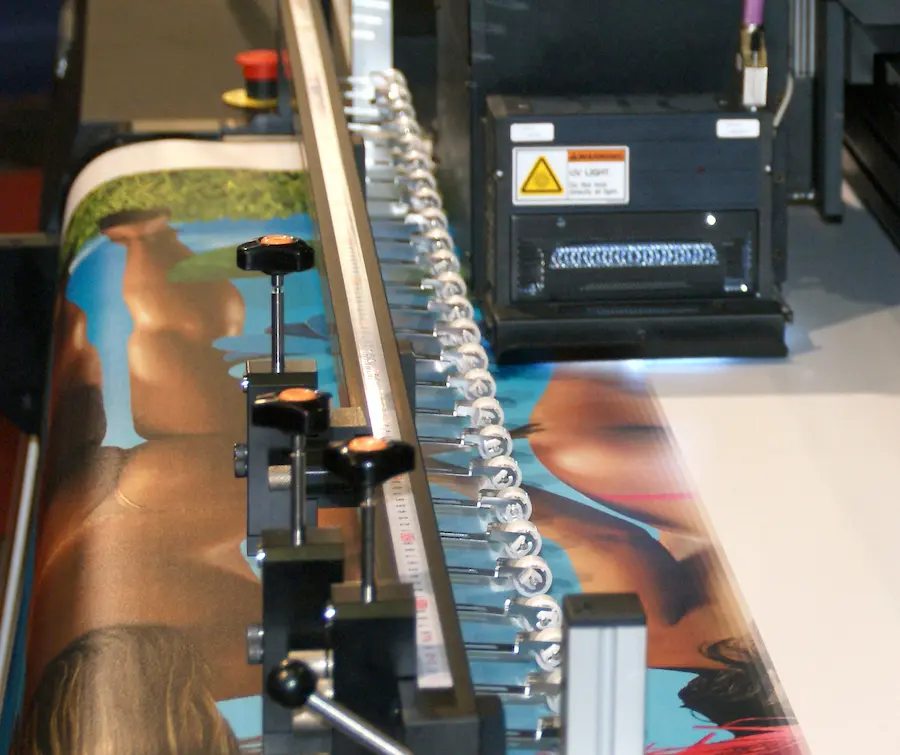





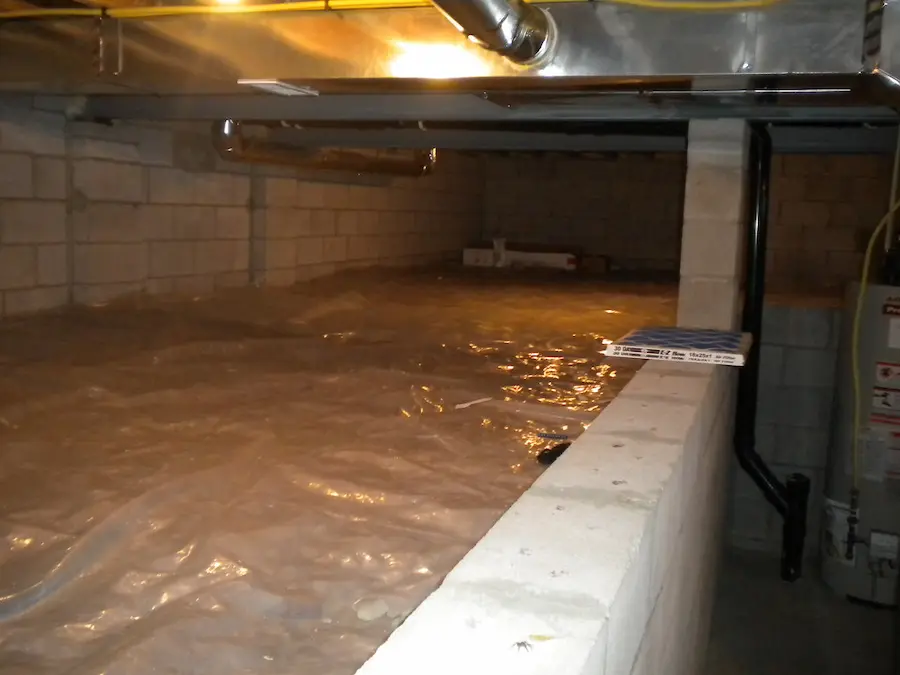
















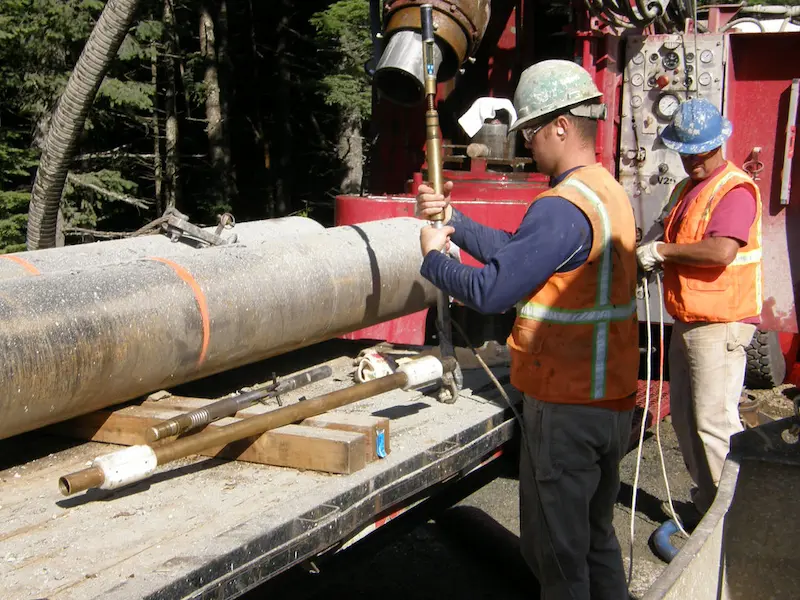






























































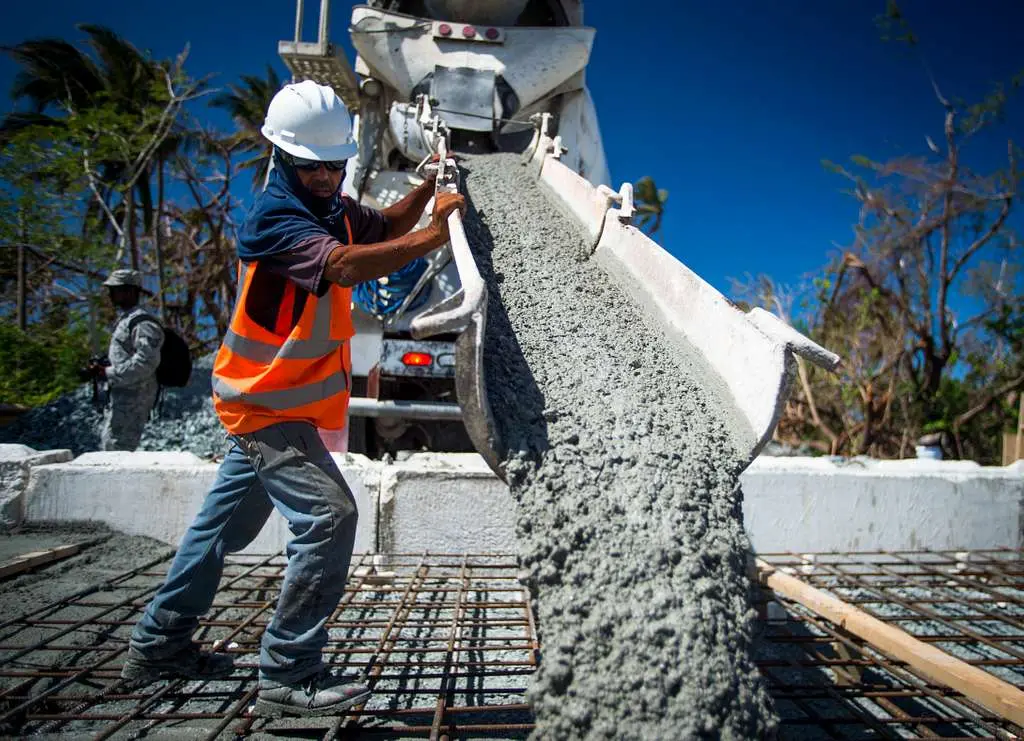
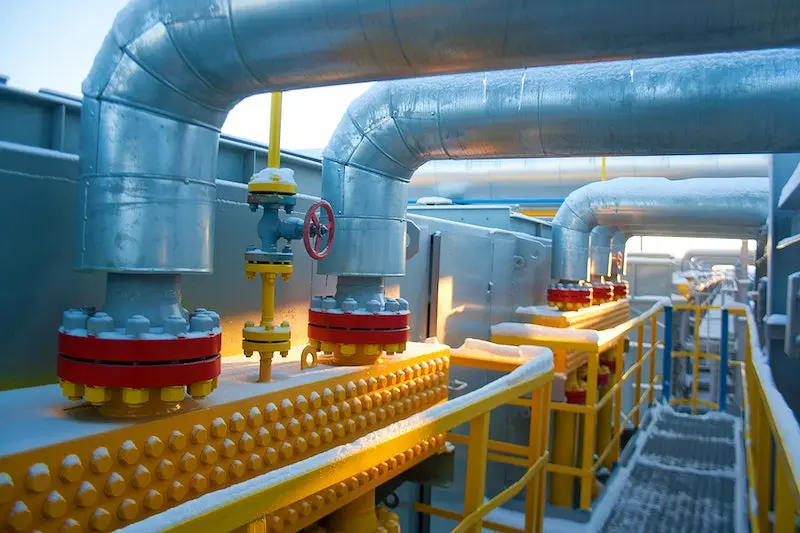



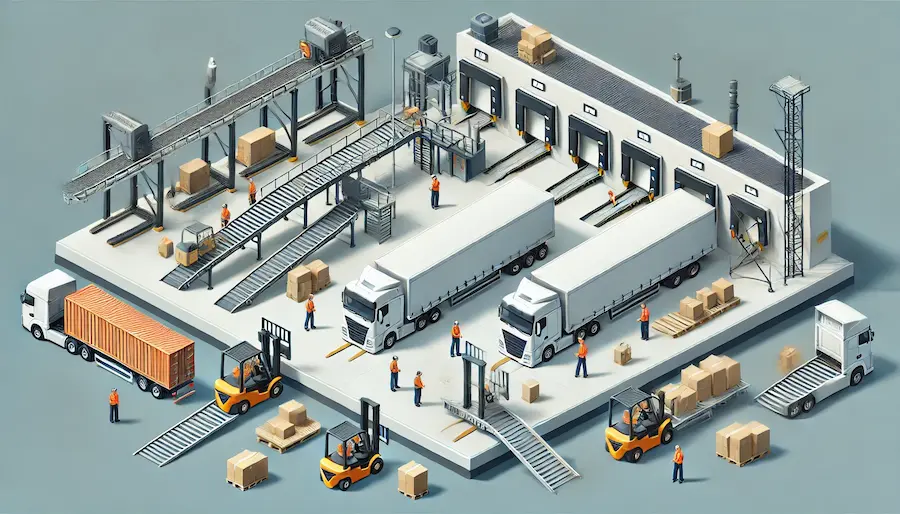





































































































































































































































































































































































































































































































































































































































































































































































































































































































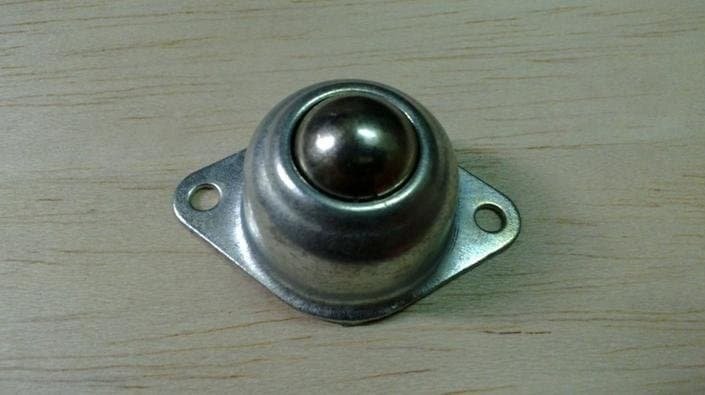

















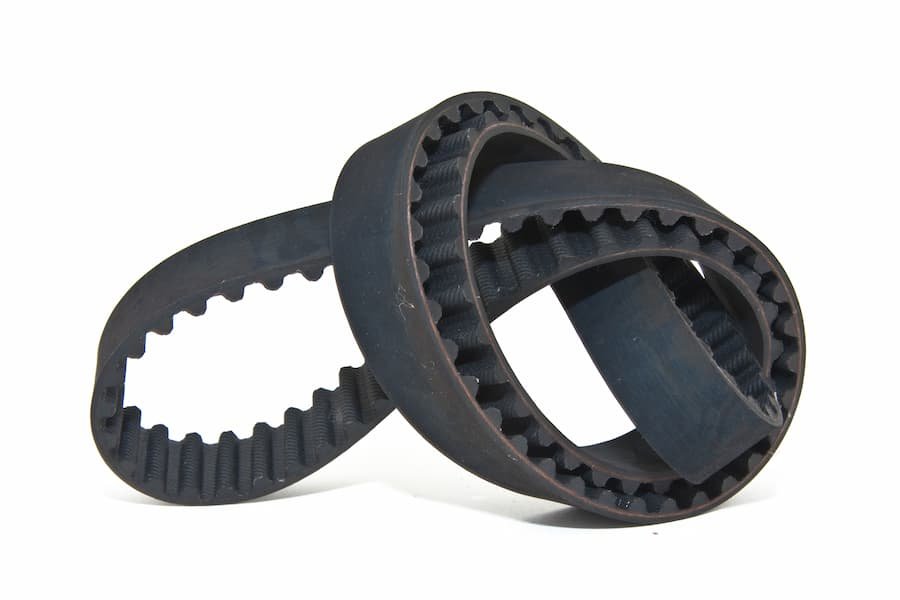



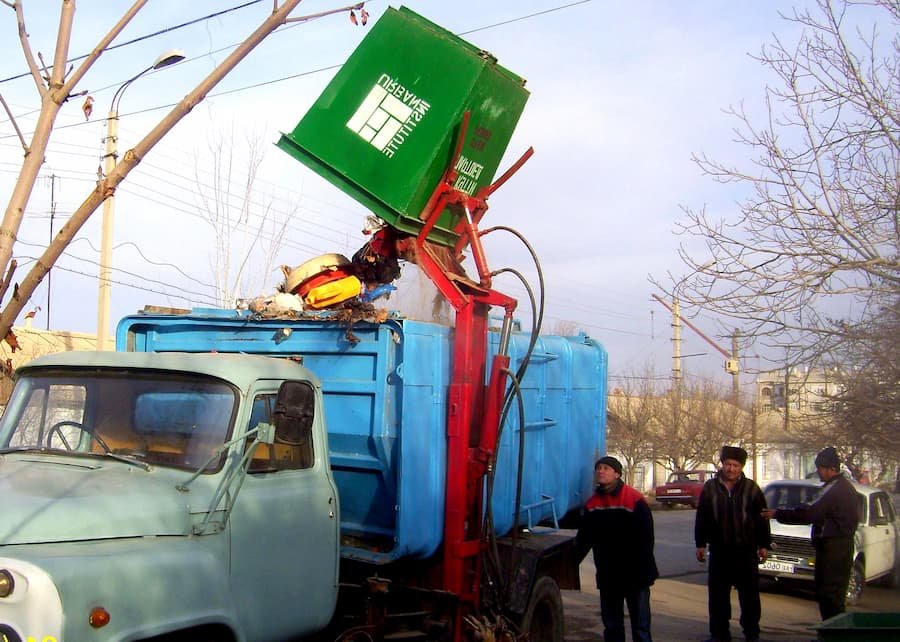








































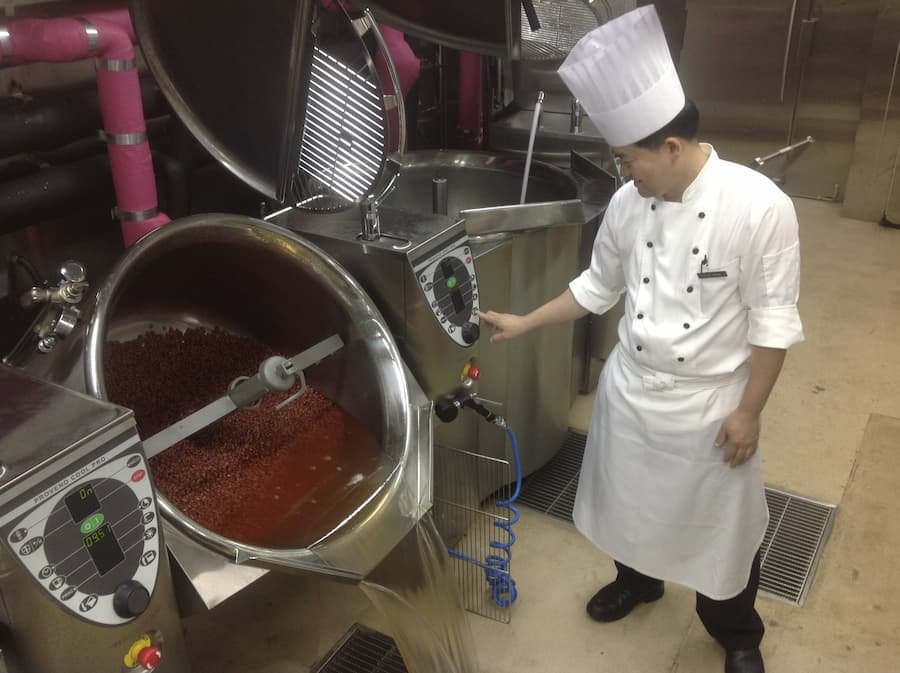




































0